Ever wondered if salmon skin is worth eating, or if it’s just a waste of calories? We’ll take a closer look at the nutritional value of salmon skin, including its calorie and fat content. We’ll also compare the calories and fat in salmon skin with the calories and fat in boneless salmon.
A small serving of salmon skin (about 15 grams) contains around 90 calories and 6 grams of fat. But don’t be scared off by the numbers. This fat is mostly healthy, including omega-3 fatty acids. These essential fats can help lower your cholesterol and support overall health.
Let’s dive deeper into the calorie count and nutritional value of this often overlooked part of the fish. We’ll compare it to skinless salmon, explore its role in popular dishes like salads and sushi rolls, and help you make informed dietary choices.
Salmon Skin: A Nutritious Snack with a Crunch
Salmon skin, often overlooked, is a delicious and nutritious part of the fish. Packed with essential nutrients like omega-3 fatty acids, it offers a variety of health benefits. Let’s dive into the nutritional breakdown and explore why you should consider adding salmon skin to your diet:
Calories and Nutritional Value
- Calories: A 15g (0.53oz) serving of salmon skin contains approximately 90 calories.
- Protein: It’s a good source of protein, with 7 grams per serving.
- Vitamins and Minerals: Salmon skin is also rich in essential nutrients like vitamin D, calcium, and potassium.
Health Benefits
- Omega-3 Fatty Acids: Like salmon fillet, salmon skin is packed with omega-3 fatty acids, which are known for their heart-health benefits. Salmon skin can contribute towards the recommended intake of two fatty fish servings per week as suggested by the American Heart Association.
- Lower Cholesterol: Consuming omega-3 fatty acids can help lower cholesterol levels.
- Brain Health: These fatty acids are also essential for brain function and development.
- Choline: Salmon skin is a good source of choline, a nutrient that plays a vital role in brain development, liver function, and muscle movement.
- Selenium: This trace mineral acts as an antioxidant, protecting cells from damage caused by free radicals.
Uses and Considerations
- Snacking: Dried, crispy, and salted salmon skin can make a delicious and nutritious snack.
- Sodium Content: However, it’s important to note that it’s high in sodium. Individuals with high blood pressure or those watching their sodium intake should be mindful of this.
- Pairing with Other Foods: Salmon skin can be enjoyed as a standalone snack or paired with other low-calorie foods like salads or vegetables.
By incorporating salmon skin into your diet, you can enjoy a tasty and nutritious snack while reaping the benefits of its essential nutrients.

Salmon with or Without Skin: A Calorie Comparison
While it might seem intuitive that salmon skin would add more calories, the difference is surprisingly small.
Here’s a breakdown:
- Skinless Pink Salmon: One serving (113g/4 oz) typically contains around 100 calories.
- Skin-on Pink Salmon: The same serving size with skin might have around 130 calories.
As you can see, the difference in calories between skinless and skin-on salmon is relatively insignificant. Both options offer similar nutritional benefits, including omega-3 fatty acids and protein.
Choosing the Right Option:
- Personal Preference: Ultimately, the best choice depends on your personal preference. If you enjoy the texture and flavor of salmon skin, there’s no need to avoid it due to calorie concerns.
- Dietary Goals: If you’re closely monitoring your calorie intake, the slight difference in calories might be something to consider. However, it’s important to balance this with the overall nutritional value of salmon.
Cooking Techniques for Salmon Skin: A Flavorful and Low-Calorie Experience
Salmon skin can be a delicious and nutritious addition to your meals, and there are several cooking techniques that can help you enjoy it without adding excessive calories or fat. Here are a few suggestions:
- Grilling: Grilling salmon skin can give it a smoky flavor while helping to drain off excess fat.
- Baking: Baking is a healthy and low-fat way to cook salmon skin. You can bake it on a parchment-lined sheet pan or in a skin-on salmon fillet.
- Poaching: Poaching salmon skin in a flavorful broth can be a gentle and delicious cooking method.
- Pan-frying: If you prefer a crispy texture, pan-frying salmon skin in a non-stick skillet with a little oil can be a great option. However, be mindful of the amount of oil used to keep calories and fat in check.
- Air-frying: Air-frying is a healthy alternative to deep-frying and can give salmon skin a crispy texture without adding excess oil.
Remember: When cooking salmon skin, it’s important to be mindful of the amount of oil or fat you use. Opt for healthy oils like olive oil or avocado oil, and use them sparingly. Additionally, consider the cooking time to ensure that the skin is cooked through without becoming overly crispy or burnt.
By following these cooking techniques, you can enjoy the delicious flavor and nutritional benefits of salmon skin while keeping calories and fat in check.
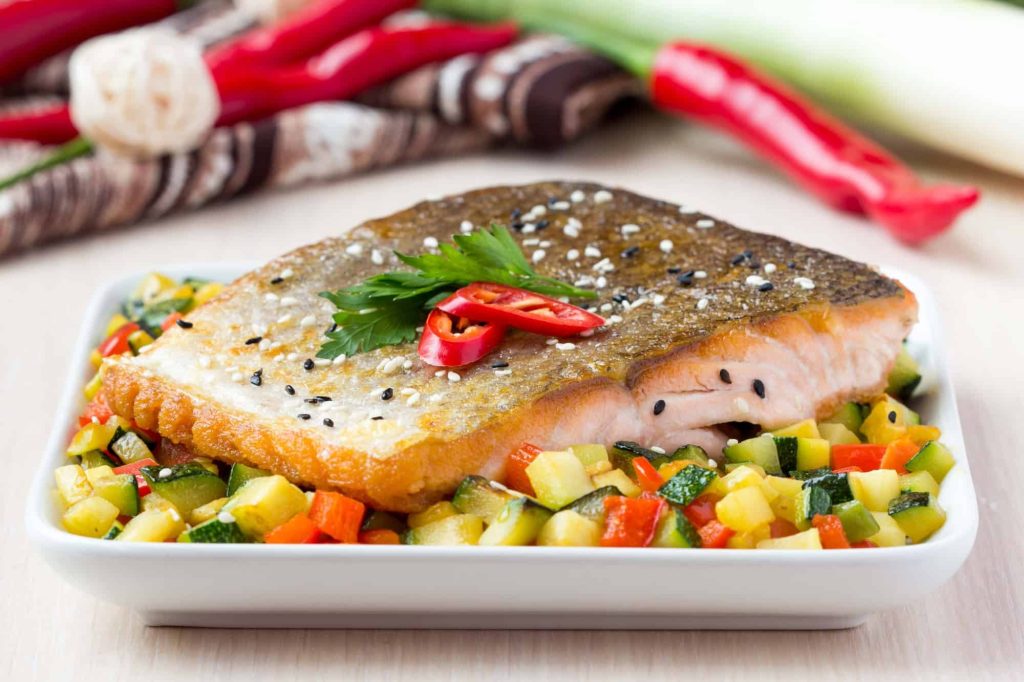
Salmon Skin Sustainability
Salmon skin sustainability is an important consideration for environmentally conscious consumers. Here are some key factors to keep in mind:
Wild vs. Farmed Salmon
Wild salmon is generally considered more sustainable due to its natural habitat and diet while farmed salmon can have a negative impact on the environment, especially if not farmed responsibly. Look for certifications like ASC or MSC to ensure sustainable practices.
Overfishing
Choose salmon from sources that adhere to sustainable fishing practices to help protect fish populations and their habitats.
Bycatch
Opt for salmon caught using methods that minimize bycatch, which refers to unintended species caught in fishing gear.
Environmental Impact of Farming
If choosing farmed salmon, look for certifications that ensure responsible farming practices, such as those that minimize pollution and habitat destruction.
Transportation and Packaging
Consider supporting local or regional fisheries to reduce the environmental impact of transportation. Additionally, choose sustainably packaged salmon products to minimize waste.
Salmon Skin Allergies and Sensitivities
While salmon skin is generally safe for consumption, some individuals may experience allergic reactions or sensitivities. Here’s what you need to know:
- Seafood Allergies: If you have a seafood allergy, it’s important to avoid salmon skin, as it can trigger allergic reactions in individuals who are allergic to fish.
- Cross-Contamination: Even if you’re not allergic to fish, be cautious of cross-contamination. If salmon skin is prepared or cooked on equipment that has also been used with other allergens, it could potentially contain traces of those allergens.
- Symptoms of Allergies: Symptoms of a seafood allergy can include hives, rash, or swelling, nausea, vomiting, diarrhea, or abdominal pain, difficulty breathing, wheezing, or coughing.
- Seeking Medical Advice: If you suspect you may have a seafood allergy or experience any symptoms after consuming salmon skin, it’s important to consult with a healthcare professional for proper diagnosis and treatment.
- Alternative Options: If you have a seafood allergy or sensitivity, there are other nutritious fish options to consider, such as salmon fillet without the skin.
By being aware of potential allergies and sensitivities, you can enjoy salmon skin safely and responsibly.
Ready to explore more ways to enjoy salmon skin? Check out our cookbook for a variety of delicious recipes featuring this versatile ingredient. From grilled salmon skin tacos to crispy salmon skin chips, there’s something for everyone to enjoy.
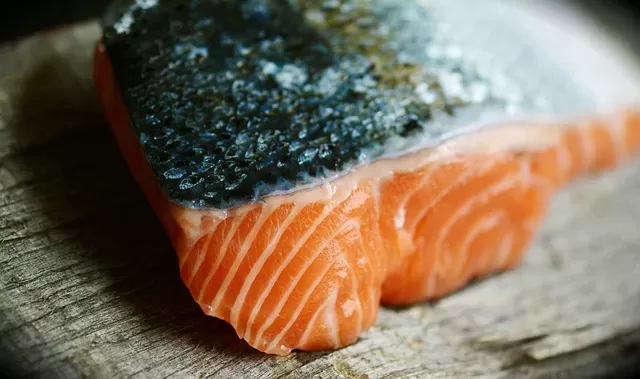
FAQs
Is salmon skin high in fat?
Salmon skin is a good source of healthy fats, especially omega-3 fatty acids. While it does contain some fat, it’s not excessively high in fat.
How many calories are in 100g of salmon with skin?
The calorie count in 100g of salmon with skin can vary slightly depending on the specific cut and preparation method. However, on average, it’s around 200-220 calories.
Is salmon high in fat and calories?
Salmon is considered a healthy fish option, not overly high in fat or calories. It’s a good source of lean protein and omega-3 fatty acids.
How many calories are in salmon skin removed?
The calorie count in salmon skin alone is relatively low. Removing the skin from 100g of salmon can reduce the calorie intake by about 20-30 calories.
Want to learn even more? Check out our articles on whether you should eat salmon skin and whether salmon scales are edible.


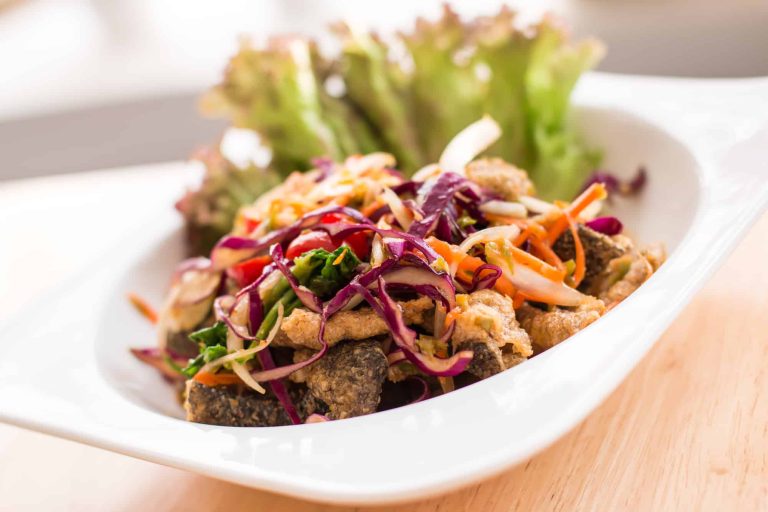
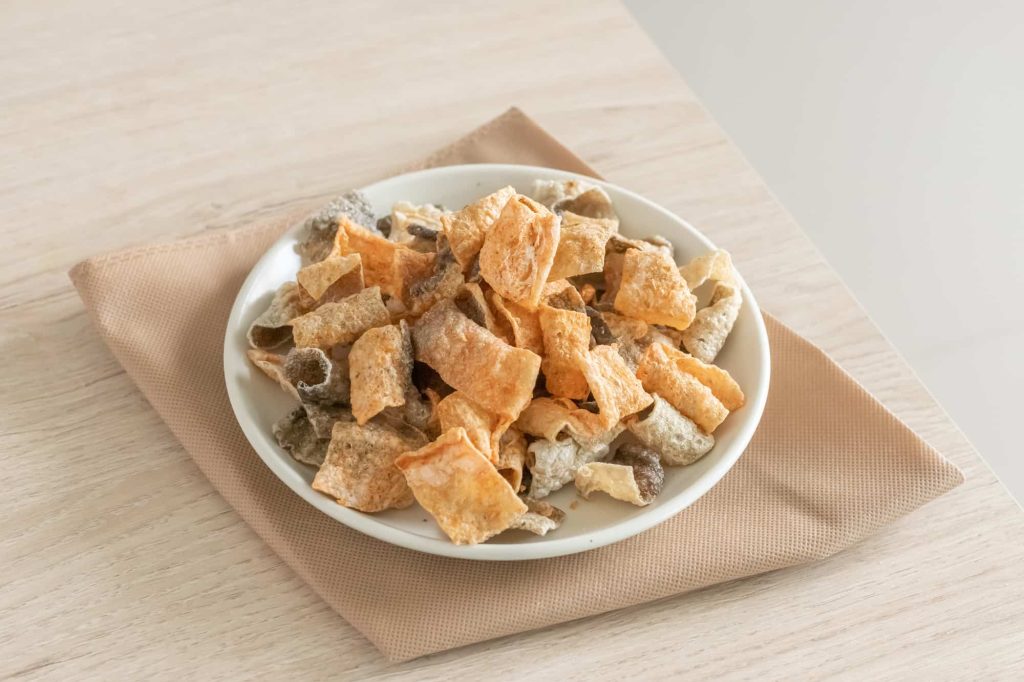



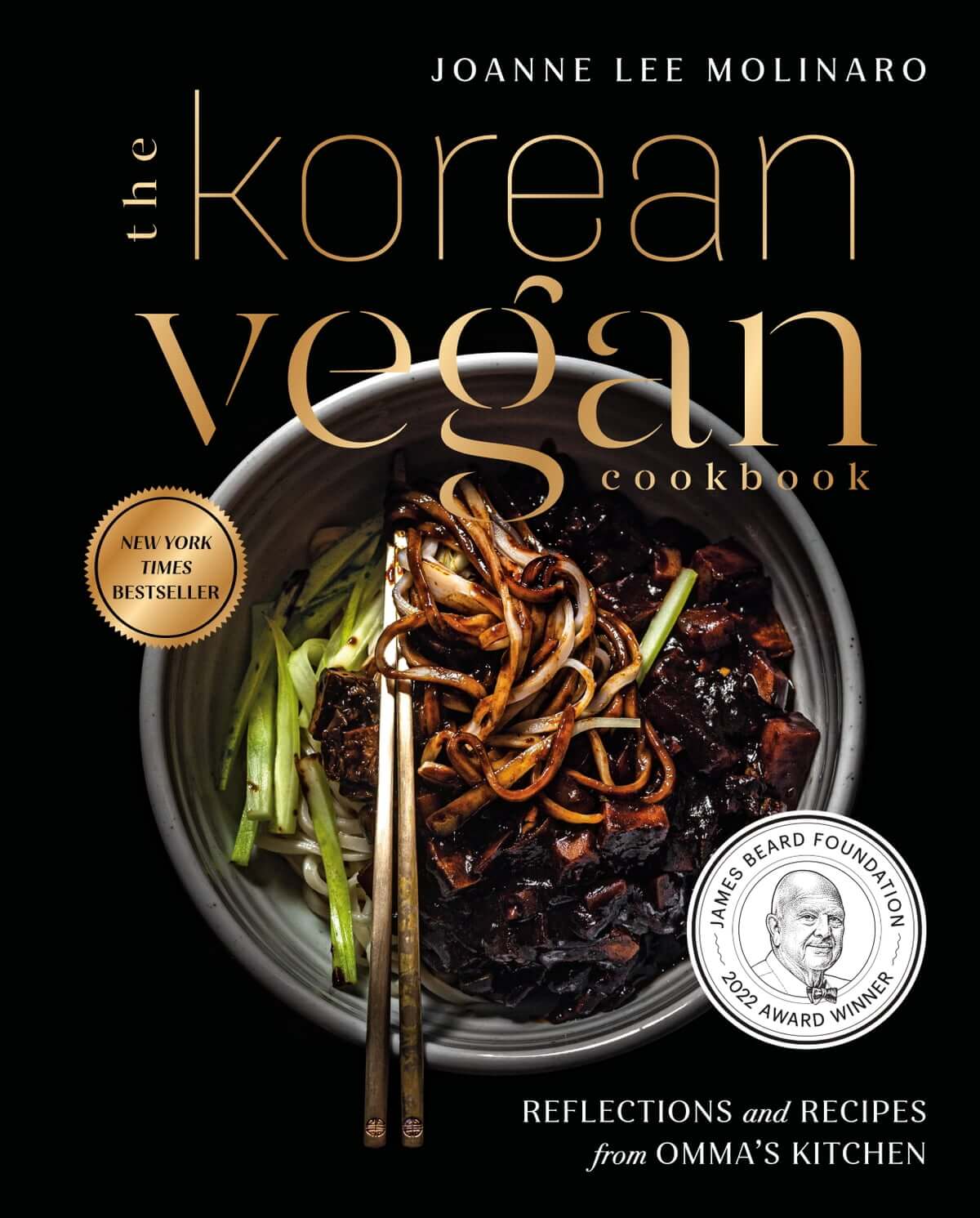
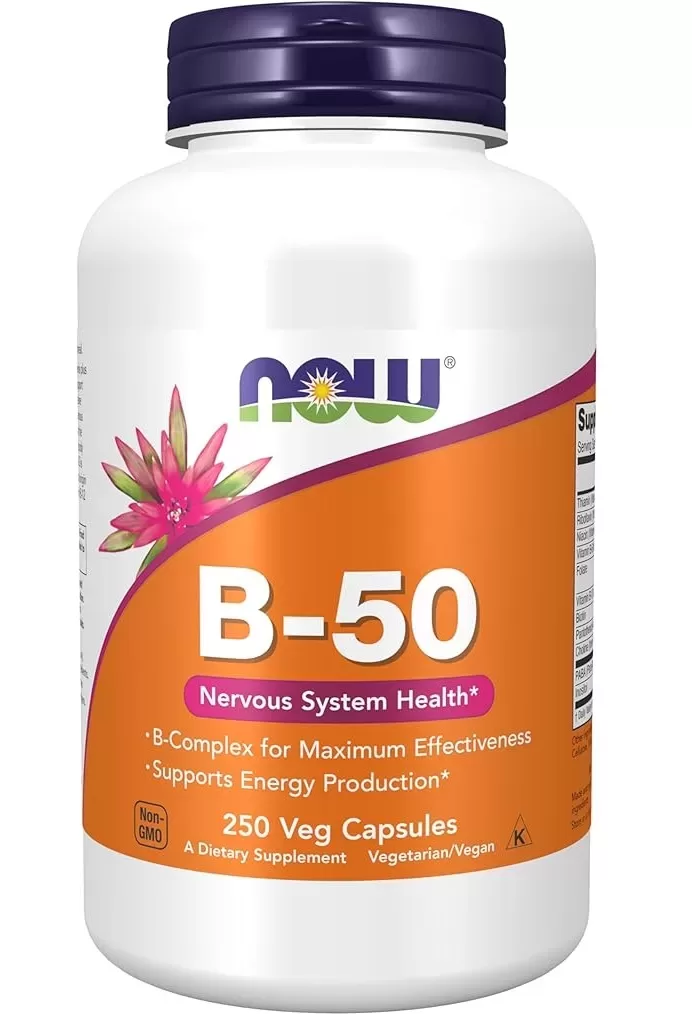
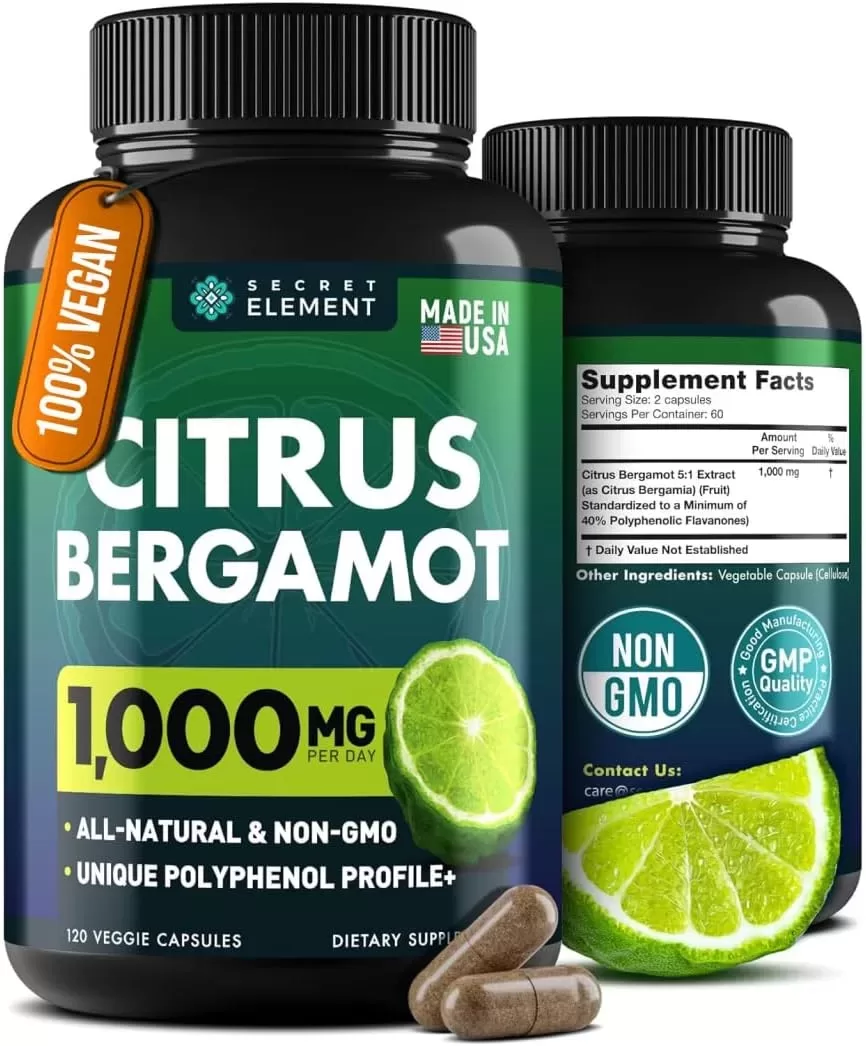
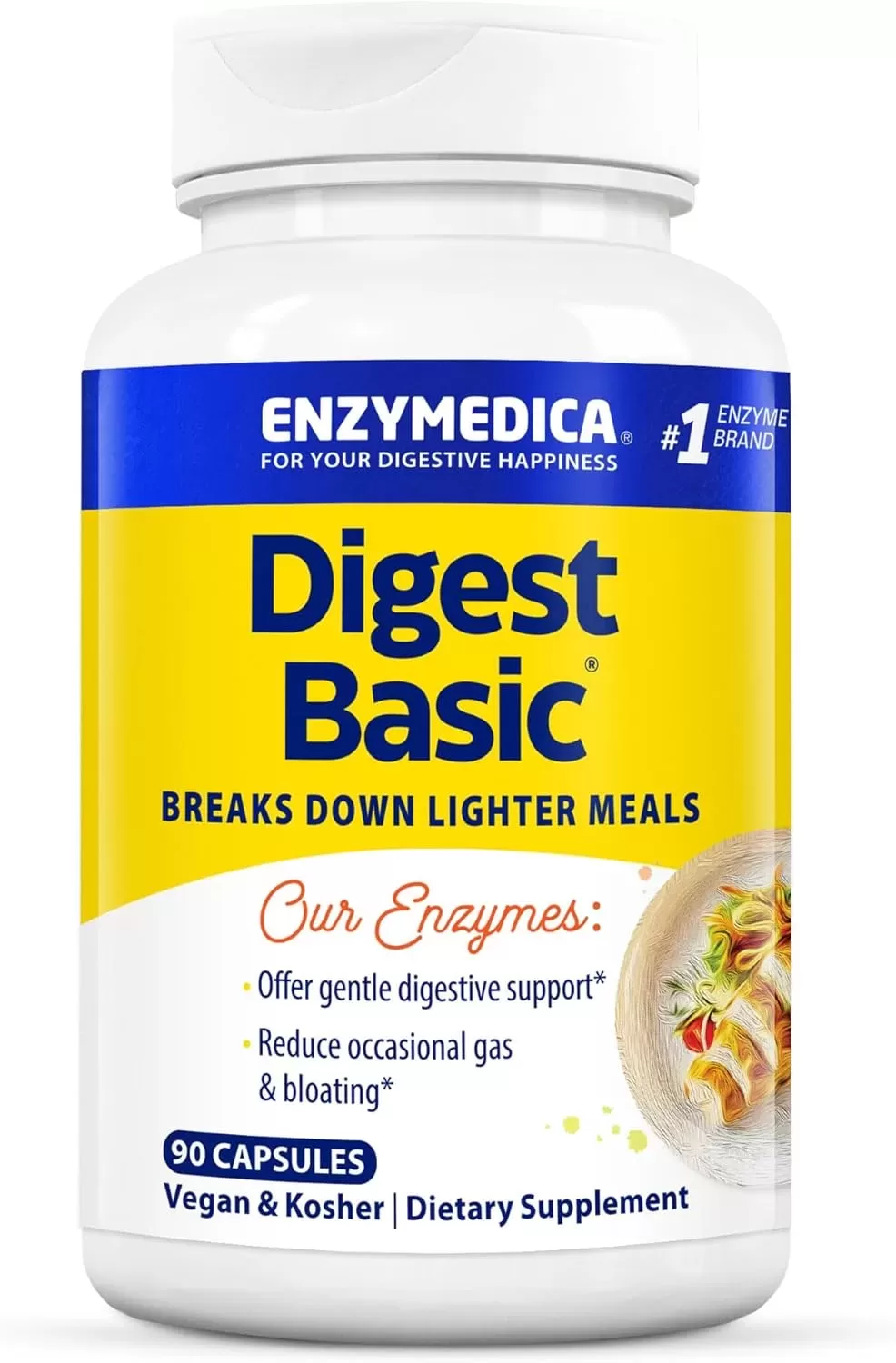
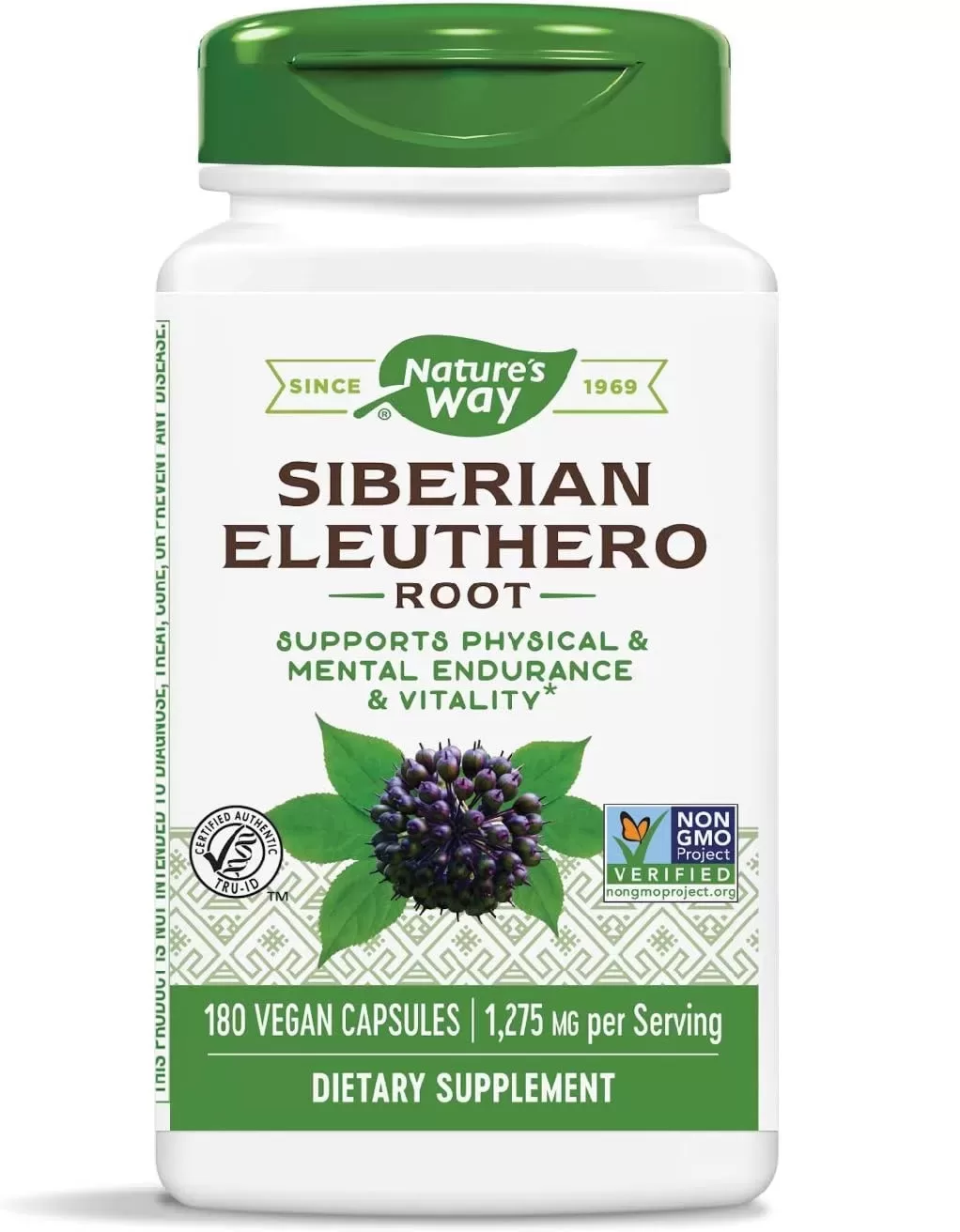


Comments are closed.